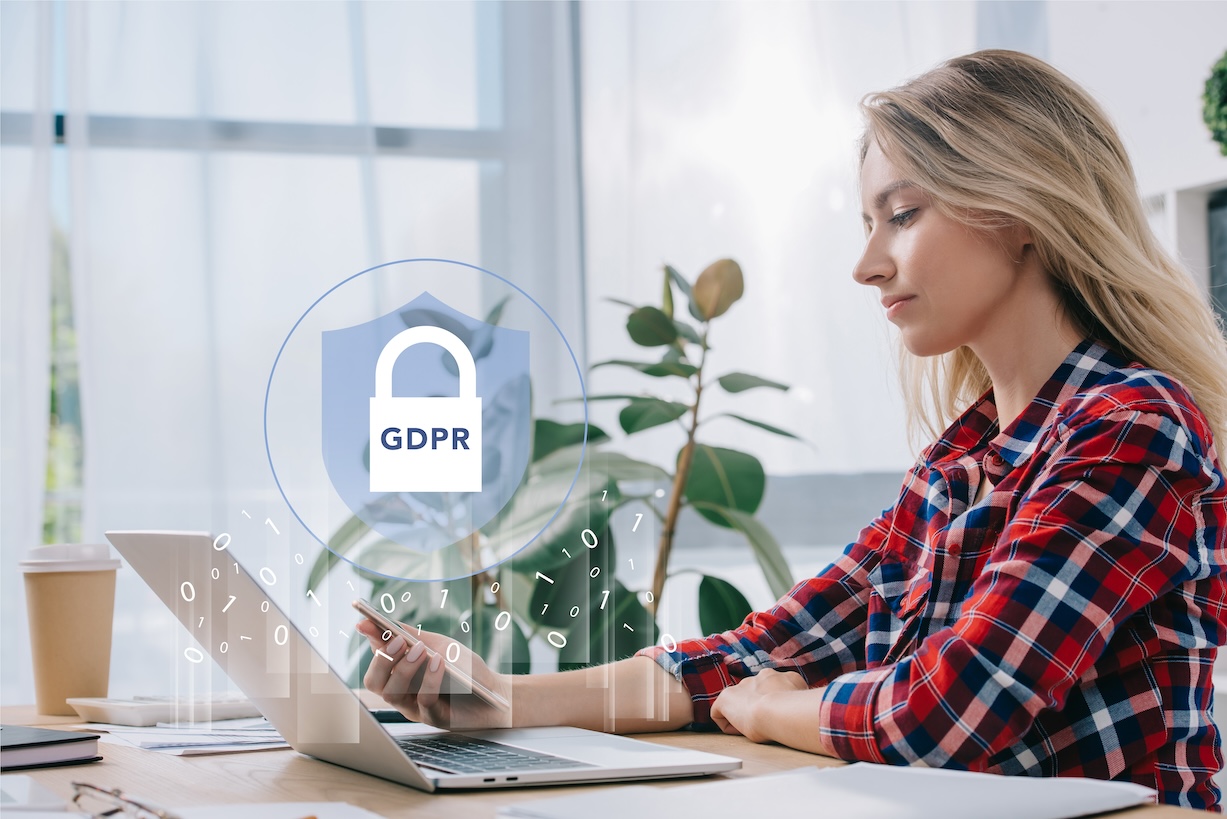Small businesses are at a heightened risk of cyber attacks. Luckily there are some simple effective steps you can take to protect your small business from cyberattacks:
- Prioritise employee education on cybersecurity best practices, including recognising phishing attempts and maintaining strong passwords.
- Implement multi-factor authentication for an added layer of protection.
- Keep all software, including antivirus programs, up to date, and secure your network with firewalls.
- Regularly back up critical data, storing backups securely, and encrypt sensitive information both in transit and at rest.
- Limit access to data based on job roles, and conduct regular security audits to identify and address vulnerabilities.
- Establish a clear cybersecurity policy and an incident response plan, regularly testing the latter.
- Monitor network activity for unusual behavior and consider cybersecurity insurance for financial protection.
- Vet third-party vendors for security practices and promptly revoke access for departing employees.
This list might seem overwhelming (we get it, what does ‘vet third party vendors’ even mean…?) Luckily at Save Friday we work with you to break down these actions into achievable steps to manage your data.



